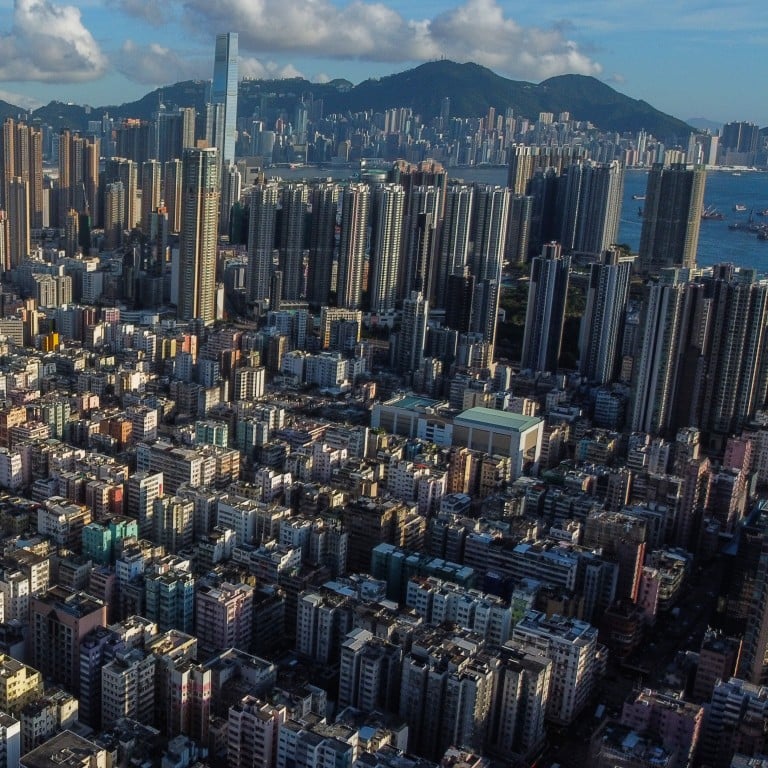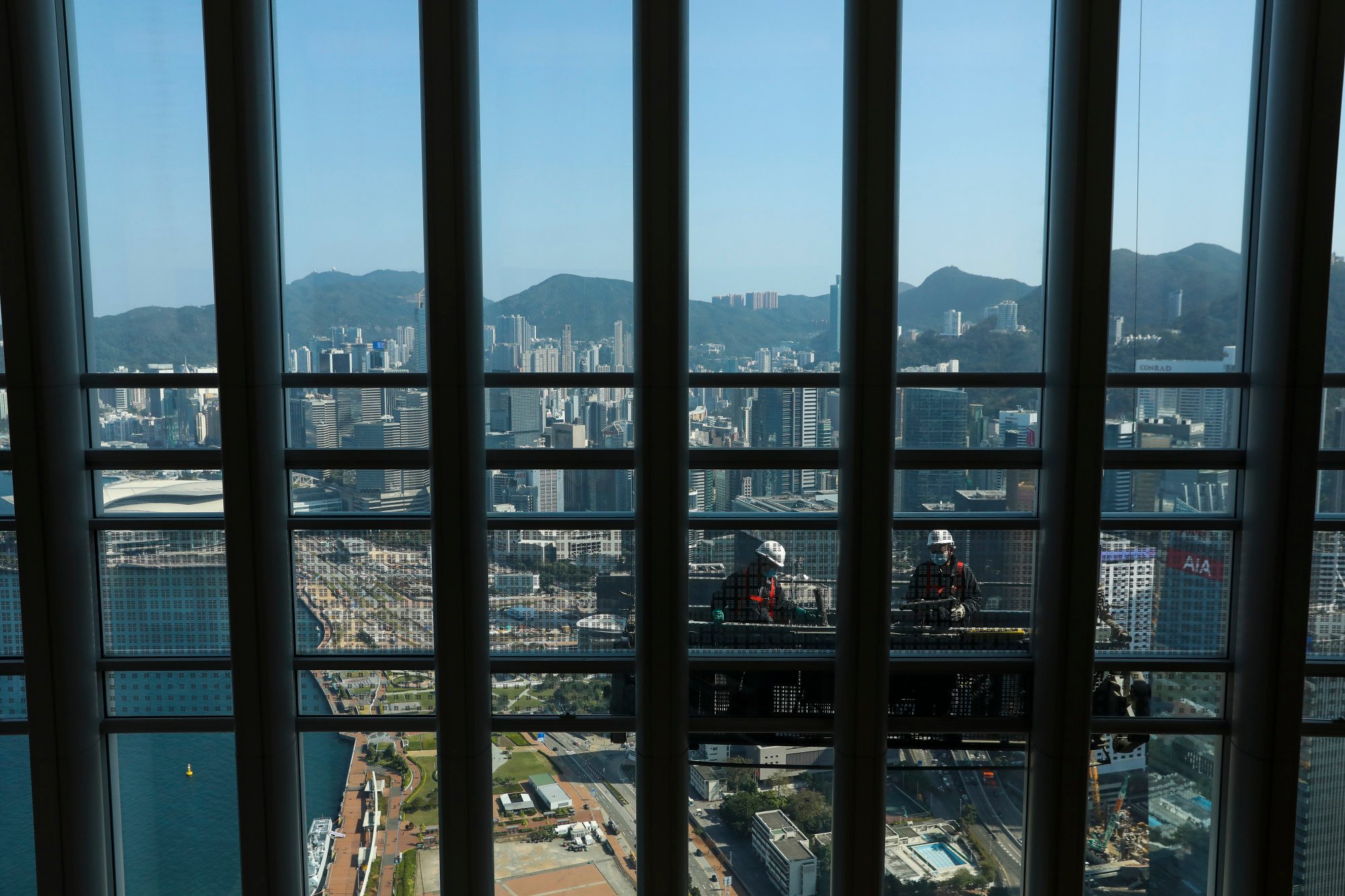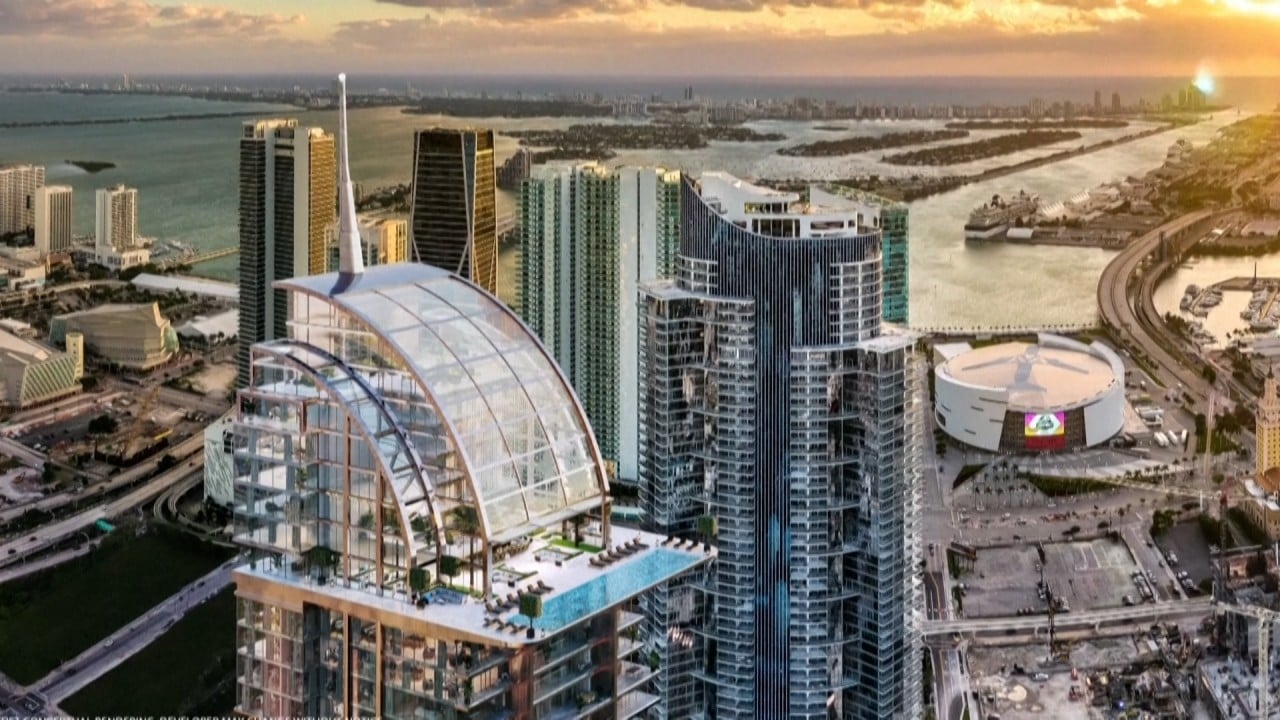
Unlike in New York, Hong Kong’s high-rise living has helped its communities thrive
- Building vertically was, in reality, Hong Kong’s only option due to the geology and climate, but the city has made the best of it
- Creating communities around MTR stations has strengthened rather than weakened community engagement and helped bind us together
A fuss over the latest super-tall tower to pierce the sky above New York’s Central Park has got me thinking about the neighbourhood-destroying potential of high-rise buildings and how Hong Kong’s community-wide adoption of vertical living is distinct and perhaps not as harmful.
Edwin Heathcote, long-standing architecture and design critic for the Financial Times, last week called Steinway Tower “a deposit of unimaginable wealth in the sky” that is divorced from the life of the city below. “Its ethereal profile makes it the purest illustration of architecture as an expression of surplus capital,” he said – not a home but a luxury good, “more like a land-bound yacht”.
Despite its height and cost, Steinway Tower has just 60 condominiums. As Samuel Stein at the City University of New York recently noted: “The problem with super-thin high-rises is not their size per se. It’s that so few people live in them … Instead of 60 gigantic condos, this building could fit 442 normal-sized apartments.”
My sense here in Hong Kong is that life in a high-rise city can still aspire to that golden-era vision. Vertical cities were not intended to be in the image of today’s Billionaire’s Row.
There are specific reasons Hong Kong came to dominate vertical living. Our steep mountains and narrow coastal wedges of flat land forced builders to look up rather than build horizontally.
Our sharp mountain backdrops made skyscrapers feel at home and in scale, unlike in London, New York or Dubai. Their comparatively flat landscapes enabled horizontal spread and made skyscrapers feel out of proportion.
The tower, since renamed, that was SE Asia’s tallest when it opened in 1973
As a result, our vertical lives have strengthened rather than weakened community engagement. Even in the heart of Central, a mix of office and hotel towers rises out of vast and bustling shopping complexes.
In my early years in Hong Kong, I always marvelled how the walk from my flat to the Star Ferry took me through three hotel lobbies, two office towers and along one of the world’s largest shopping centres. Our high-rise developments encouraged community footfall rather than keeping out local people.

It used to be said that the skyline belonged to God, broken only by spires and cathedral domes. As we moved into more secular times, the brick chimneys of Industrial Revolution manufacturing and then grand commercial headquarters began to dominate our skylines, accompanied by our monuments to civic identity.
In the second half of the 20th century, the high-rise buildings that began to crowd our skylines were public housing estates for low-income families.
High-rise living is a democratic virtue we have made out of a necessity forced on us by geology and climate. It is a common plight that has bound us together rather than set us apart. Long may it stay that way.
David Dodwell researches and writes about global, regional and Hong Kong challenges from a Hong Kong point of view



